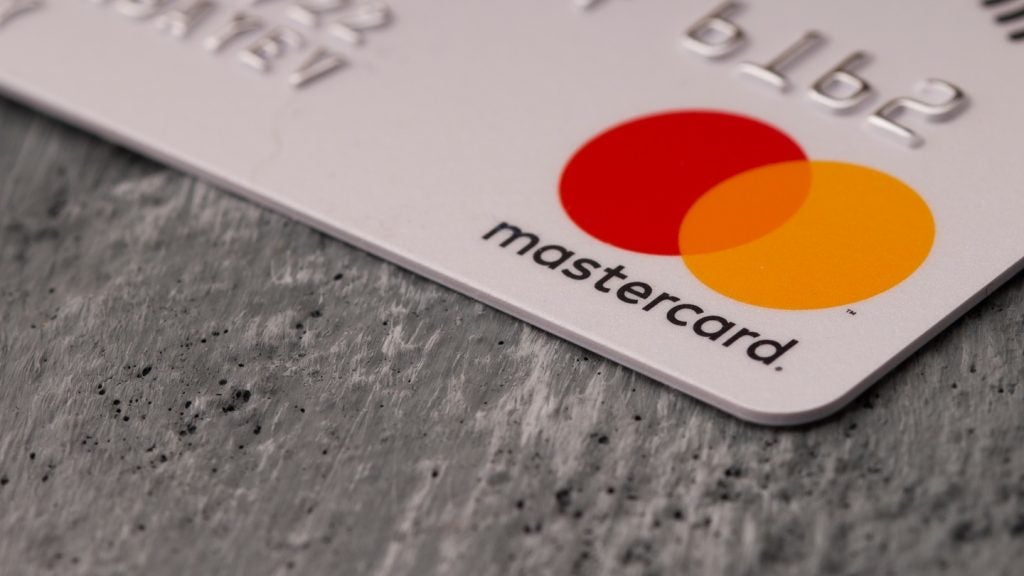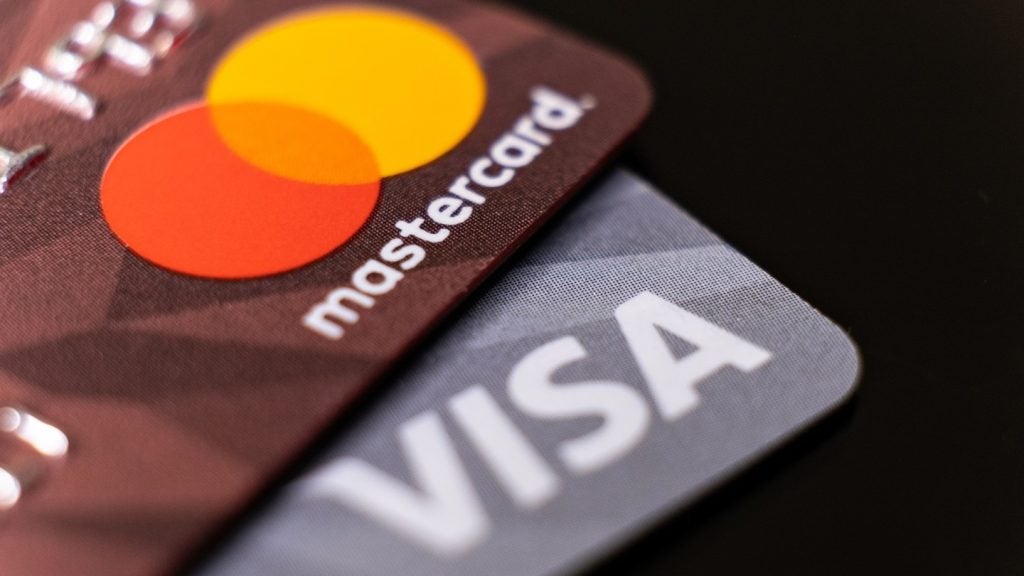Japan’s economy is going through a crisis, with real GDP growth declining from 4.7% in 2010 to 0.1% in 2014. A growing elderly population, shrinking workforce and declining exports are contributing to economy decline. How is the card market aiding the recovery within the country?
The government expects the economy to recover due to an increase in consumer spending and capital investments over the next five years, up to 2019. Economic improvement is expected to attract investment in the cards and payments industry.

Access deeper industry intelligence
Experience unmatched clarity with a single platform that combines unique data, AI, and human expertise.
Japan continues to be a cash-dominated society, though payment cards have gained prominence during the last decade. In terms of transaction volume, cash accounted for 86.2% of the total cards and payments industry in 2014. The frequency of transactions per card per year is very low in Japan, and stood at 12 transactions per card in 2014 compared to some of its peers in the region, including Australia (103.1), South Korea (57.6) and India (14.7).
Government initiatives to promote electronic transactions, impending Olympic events, the adoption of payment technologies such as EMV and NFC as well as an improved banking infrastructure for the acceptance of foreign issued cards are expected to drive the growth of payment cards over the next five years.

Credit cards remain the preferred choice over debit cards among Japanese consumers
Traditionally, credit cards have been the most popular payment card among Japanese residents, due to rewards and other pricing benefits associated with the cards, as well as their high acceptability. Credit cards remained the largest in the Japanese payment cards market, accounting for 82.7% of the overall transaction value of payment cards in 2014.

US Tariffs are shifting - will you react or anticipate?
Don’t let policy changes catch you off guard. Stay proactive with real-time data and expert analysis.
By GlobalDataThe number of credit card transactions almost doubled during 2006-2014, increasing from 4.6 billion transactions in 2006 to 8.6 billion in 2014, and is estimated to be 8.8 billion by 2015. However, credit card payments account for only 14% of the total consumer spending in country, providing significant potential to expand the credit cards market between now and 2019.
The majority of convenience stores and departmental stores in Japan do not accept debit card payments, making it difficult for consumers to use their debit cards. Credit cards, however, are widely accepted across a broad range of locations in Japan, such as airports, convenience stores, restaurants, malls, fuel stations, hospitals and other service centres.
Credit card issuers, in their bid to capture the large untapped potential consumers, are offering pricing benefits in the form of no or low annual fees and reward programmes.
International events to provide impetus to the Japanese cards and payments industry
The upcoming 2020 Olympic and Paralympic games are expected to provide a boost to the country’s cards and payments industry. The government aims to welcome 20 million tourists a year by 2020, but it is expected to surpass the target well before this date, as 19.7 million tourists visited Japan in 2015.
In the wake of these global events, the Japanese government appealed for banks and card issuers to make their ATMs compatible with foreign-issued payments cards, as the majority of ATMs in Japan do not allow cash withdrawals via international credit cards.
In this regard, many financial institutions such as Japan Post Bank and Seven Bank have installed ATMs that accept foreign-issued credit cards. Also, Sumitomo Mitsui Banking, Mitsubishi UFJ and Mizuho Bank announced that they would make their ATMs compatible with foreign-issued credit cards. It is expected that the number of ATMs accepting foreign cards will increase from 48,000 in 2014 to 80,000 by 2020.
Some banks have taken measures to attract tourists with specialised services. Mitsubishi UFJ Group increased the number of executives who can speak English in order to assist tourists. Similarly, Seven Bank increased the languages displayed at ATMs from four to 12 in December 2015. A rise in international travellers coupled with an increase in tourist expenditure provided new scope for business for the country’s merchants. This is anticipated to encourage a greater number of merchants to accept payment cards.
Growing POS terminal installations to drive card-based payments
The number of POS terminals recorded a CAGR of 0.54%, rising from 1.85 million in 2010 to 1.89 million in 2014, and is expected to increase further over to reach two million in 2019. Card usage at POS terminals is expected to increase over the next five years, due to retail sector expansion, an increase in the banked population and changes in consumer spending habits.
The companies are also offering mobile POS (mPOS) solutions to make payment acceptance more convenient for retailers. Square, the mobile payment provider, signed an agreement with Sumitomo Mitsui Card Company to launch its mPOS services in May 2013. With Square Reader, a dongle that can be attached to a mobile device, businesses can accept any card payment through the Square Register mobile app. A transaction cost of 3.25% is charged to merchants.
Similarly, PayPal signed an agreement with SoftBank, the telecom service provider, to launch the PayPal Here mobile payment service in Japan in May 2012. This service allows merchants to accept credit and debit card payments using a mobile card reader attached to their smartphones. PayPal fixed the transaction charge at 2.7% per transaction. In addition, merchants get a debit card which offers 1% cashback for each transaction.

Fast growing prepaid card market
Prepaid cards recorded robust growth between 2010 and 2014, both in terms of the number of cards in circulation, as well as the transaction value. Prepaid cards are increasingly used for transportation, travelling, shopping, and gifting purposes.
Contactless card use in Japan was developed to meet the needs of public transport users. One of the largest contactless products in Japan is the Suica card, which is owned and operated by Japan Railways. It started as a contactless train and transit pass, but gradually over time expanded to the payments area. Similarly, FeliCa, a contactless prepaid card, can be used in public transportation, electronic money, access card and as residence keys.
To capitalise on rising outbound tourism, card issuers are introducing customised prepaid cards for travellers. Shinsei Bank, along with its subsidiary APLUS Financial, launched a prepaid card in July 2015 which can be used at overseas locations only. Overseas Prepaid Card GAICA is offered to any resident of Japan over the age of 13 years with no annual membership fee. The GAICA card can be preloaded with up to $9,438.90 (JPY1m) at a single recharge. In addition, the bank’s PowerFlex account holders get the privilege of recharging the card from their foreign currency savings accounts in four foreign currencies: US dollars, euros, British pounds and Australian dollars. The card offers cash withdrawals in local currencies in 200 countries through 2.3 million ATMs with a Visa or PLUS sign.
Japanese individuals often offer gift cards instead of cash to guests in appreciation of their participation at weddings and funerals. Card issuers have also realised the potential market and offer variety of gift cards to Japanese consumers. For example, SMBC offers Mitsui Sumitomo Premium Gift Card that can be preloaded with amounts in the range of $28.30 to $283.20, and can be bought at select departmental stores.
To target online shoppers, NTT Docomo and Visa launched Japan’s first virtual prepaid card, the Docomo Kouza Visa Prepaid card, in September 2013. Docomo subscribers can register for their prepaid card service on the website of the company. Subscribers then receive a 16-digit card number which is linked to their e-money account of the company. The service enables customers to use the card number to make online purchases with the convenience of credit cards.








